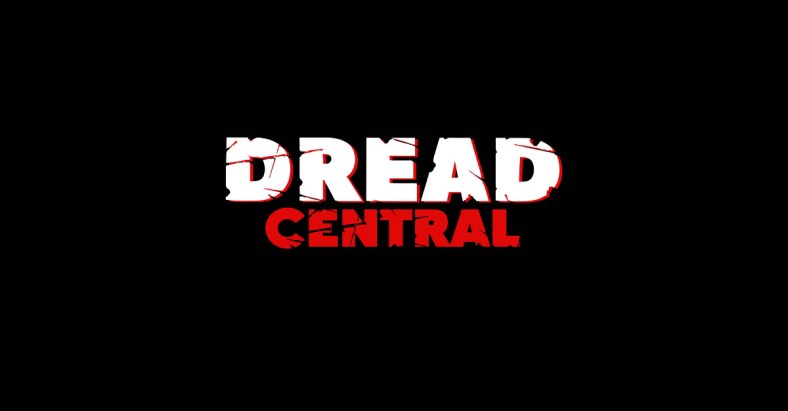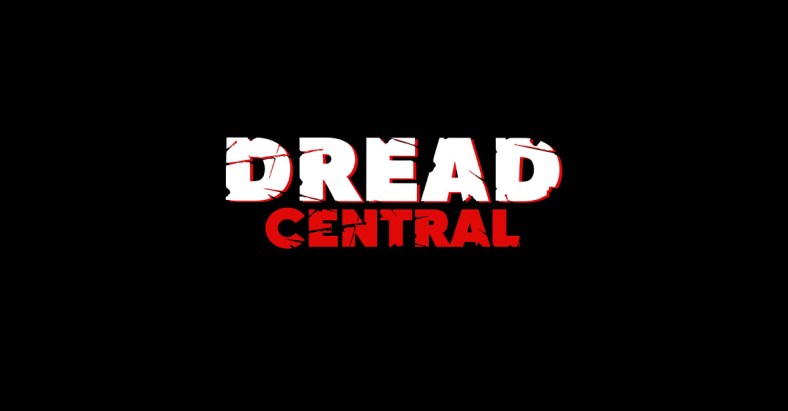ELEVATOR TO HELL: Wes Craven’s Scary ALICE IN WONDERLAND

For every horror movie to hit V.O.D, there are countless others that end up D.O.A. Every week new horror films are announced, but only a fraction of these titles actually get made. Do you ever wonder what happened to the rest, including Wes Craven’s Alice In Wonderland adaptation? You’re not alone.
Elevator to Hell is a new column for horror fans who have been disappointed by the demise of an upcoming film, tv show or video game. Twice a month I’ll open the doors and give you an express ride into the dark depths of development hell. Each article will cover a topic from the trenches of forgotten horror in gritty detail. Are you interested in a detailed timeline of all the cancelled HELLRAISER sequels? Do you wanna know why we’ll probably never get to see a new HELLBOY from Guillermo Del Toro? It’s all coming your way. I’ll also cover horror properties, that against all odds, managed to climb their way back out of hell.
Think of me as a spooky elevator operator, the kind from an old gothic hotel. Every other week you’ll hear that distinctive bell tone as tarnished brass doors open — that’s me waiting in my Tower of Terror / David Pumpkin getup. I’ll invite you aboard, then take you straight down into my graveyard of forgotten horror.

My first encounter with development hell happened back in seventh grade. It’s where I discovered the PC game American McGee’s Alice, and my world was rocked. The story revolved around an adolescent Alice Liddle a few years after her first adventures in Wonderland. At the start of the game, Alice’s family perishes in a fire, leaving her disturbed and institutionalized. In her traumatized state, Alice retreats back to the safe haven of Wonderland, only to find that it has changed dramatically. Just like she has. A world that was once full of childlike magic had transformed into a gothic, Tim Burton-esque house of horrors.
American McGee’s Alice is your basic third-person shooter. Except Alice slays her victims with an arsenal of dangerous toys instead of the usual melee weapons you see from this era of games. If this sounds spectacular, it was. While the concept was better than the actual gameplay, this was an era when outer space military shooters were the norm (think DOOM). So, a twisted interpretation of a classic fairytale seemed fairly … novel. Back in 2001, this game felt wholly original.
Before American McGee’s Alice‘s release, Dimension Studios saw some early game footage. Impressed, they scooped up the film rights, with the intention of fast-tracking the project into production. Stars like Natalie Portman and Milla Jokovich circled the adaptation, which landed with director Wes Craven and screenwriter John August. My twelve-year-old self still can’t believe it. THE Wes Craven had signed on to direct what was sure to be my dream project (insert Freddy Krueger joke). As rumours swirled online, I became obsessed with keeping tabs on the production. Wes Craven announces the film is being shot entirely in CGI. This was sure to be a revolutionary medium for an R-rated horror film. Sarah Michelle Gellar soon signed on to star in the title role, and I couldn’t have been more excited.

Now another high-profile video game adaptation appears. FINAL FANTASY: SPIRITS WITHIN is the first photorealistic computer-animated feature film for an adult audience. And back in 2001, it was also the most expensive video game adaptation of all time. Directed by Hironobu Sakaguchi, who had created the massively popular Final Fantasy franchise, fan anticipation seemed high. Still, the film tanked at the box office. Created for a budget of nearly $140 million, and only turned in a fraction of that in profit. It’s now considered to be the ninth biggest box office failure of all time.
Spooked by the massive flopping of FINAL FANTASY, Dimension pulled the brakes on ALICE. As quickly as the adaptation took shape, the ground opened up to swallow her whole. Just like poor Alison Lohman at the end of DRAG ME TO HELL. And so, my fascination with horror movies trapped in development hell was born in her wake.
Eventually, this became the catalyst for my podcast, Development Hell — a project derived from my drive to tell the stories of these lost films. The show also gives me the chance to share these unmade movies with other horror fans. It’s an opportunity to finally do the deep dives into these dead films that I had always wanted to do.

When Dread Central gave me the opportunity to take the concept even further, I jumped at the chance. Twice a month ELEVATOR TO HELL will take you even further into the dark underworld of cancelled, lost and forgotten horror. We’re going to uncover the true stories behind these cursed productions — to find out what went wrong — and even ask the big question — do they still stand a shot at the green light?
As for ALICE, I think her time has passed. The game got a sequel and its creator, American McGee, is hard at work at developing a third game independently. While we may never get that feature film adaptation, I can sleep easy knowing Alice is still out there cutting up card guards with her vorpal blade.
If unmade horror is your type of thing, then consider subscribing to the Dread Central original podcast DEVELOPMENT HELL anywhere you get your podcasts. And keep your eyes peeled for a new instalment of ELEVATOR TO HELL every other week, right here on Dread Central.
Categorized:News

